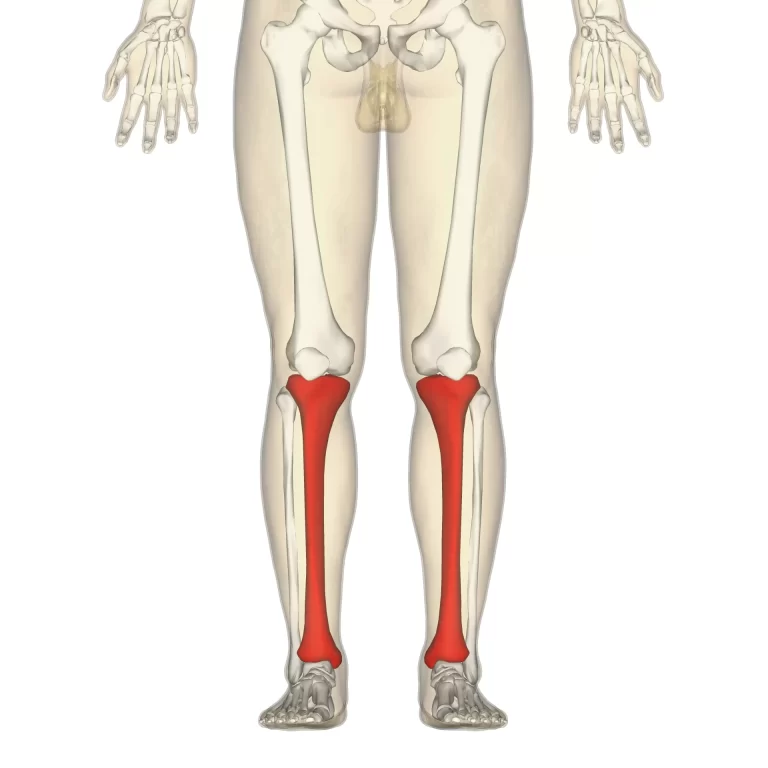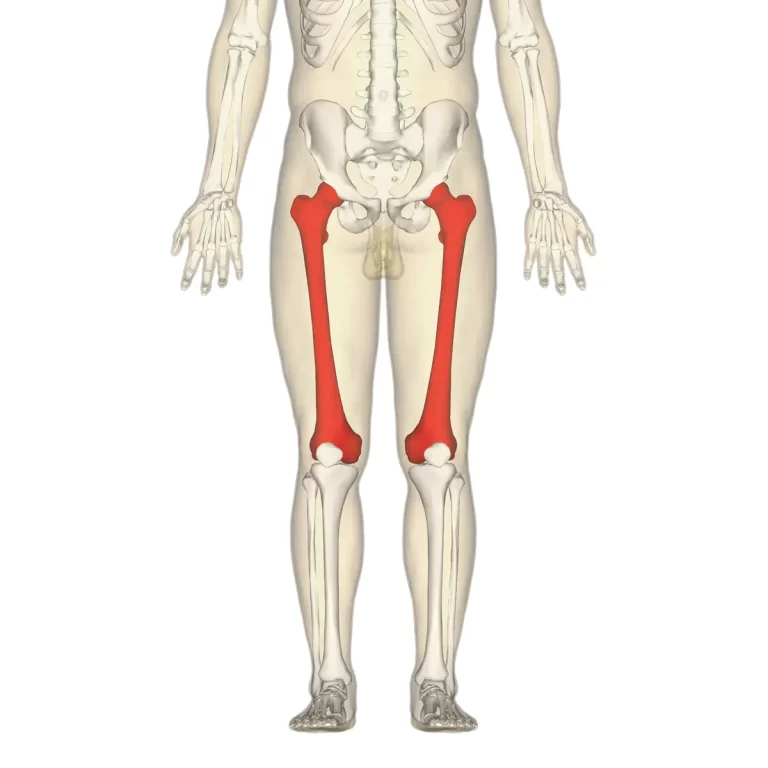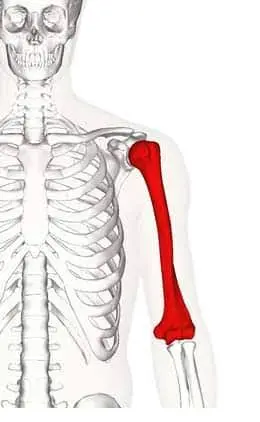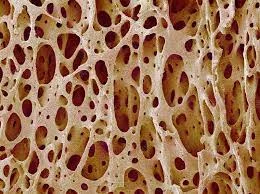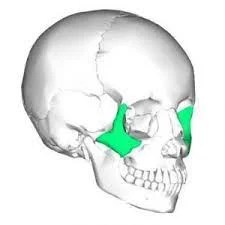Tibia Bone
Introduction of the tibia bone Embryology and Development of the Tibia Bone Embryology and Development of the Tibia Bone is as mentioned below , Region of the tibia bone The Region of the tibial bone is described below, The Proximal end of the tibia bone The Proximal end of the tibia bone is as follows…

